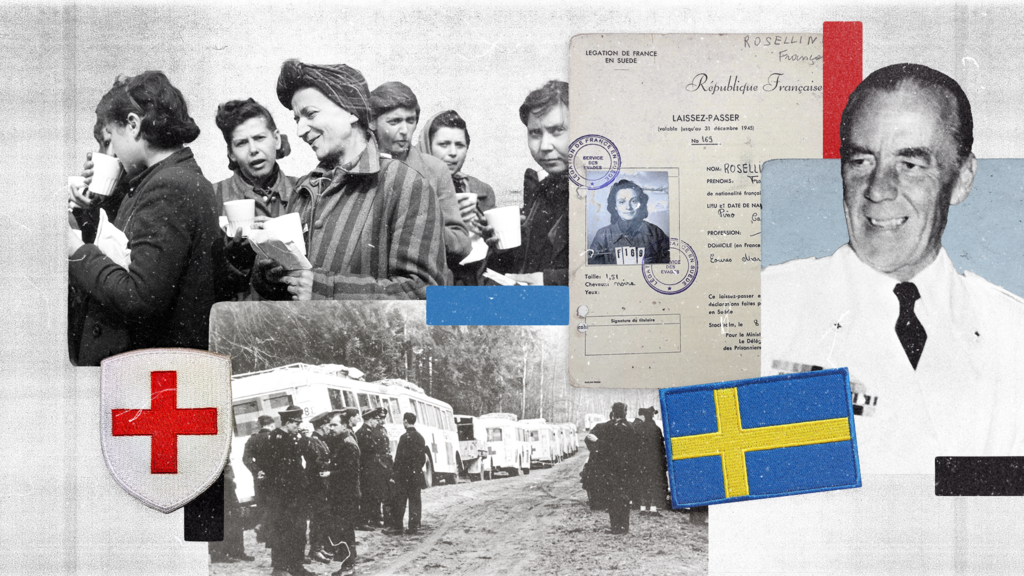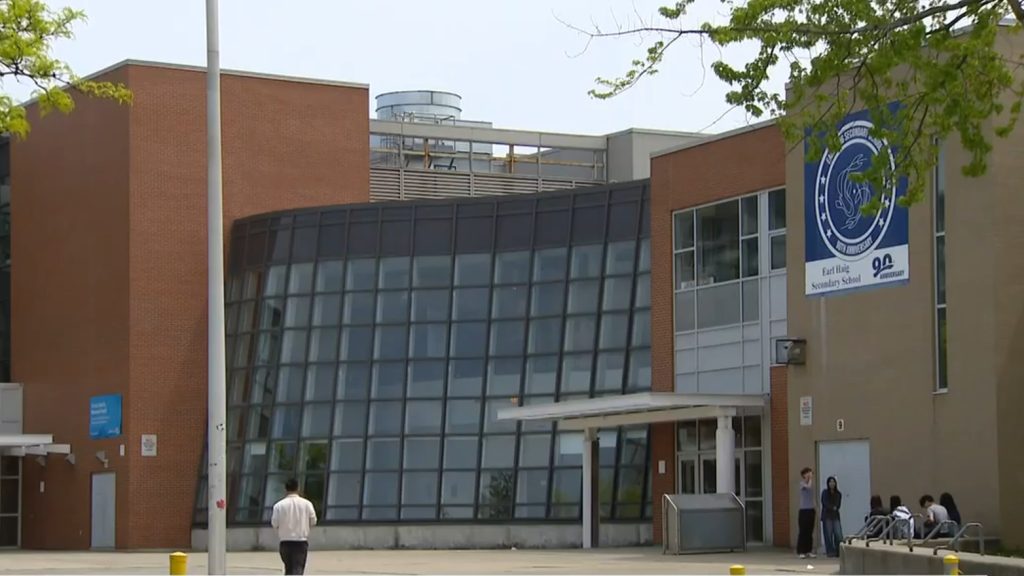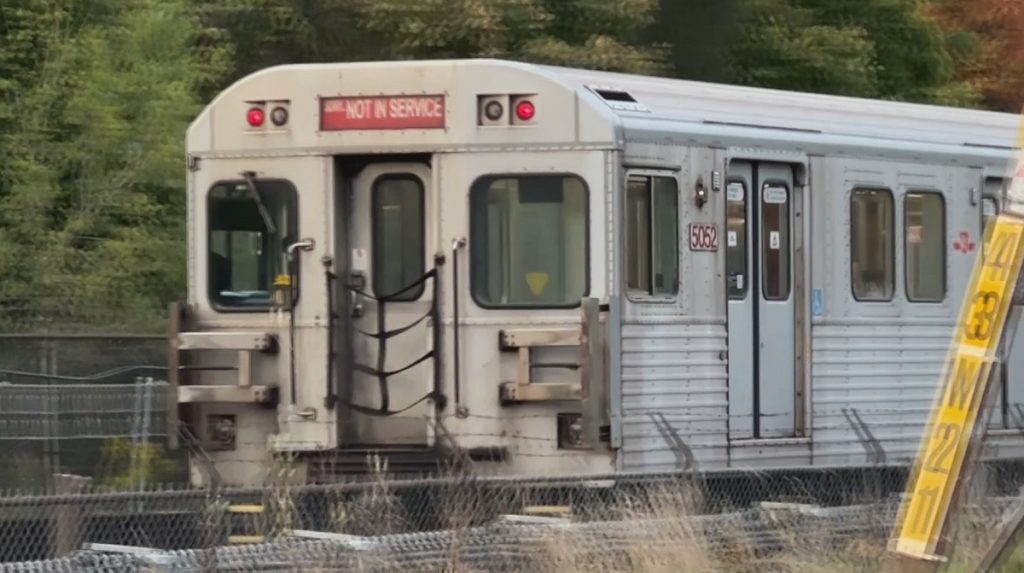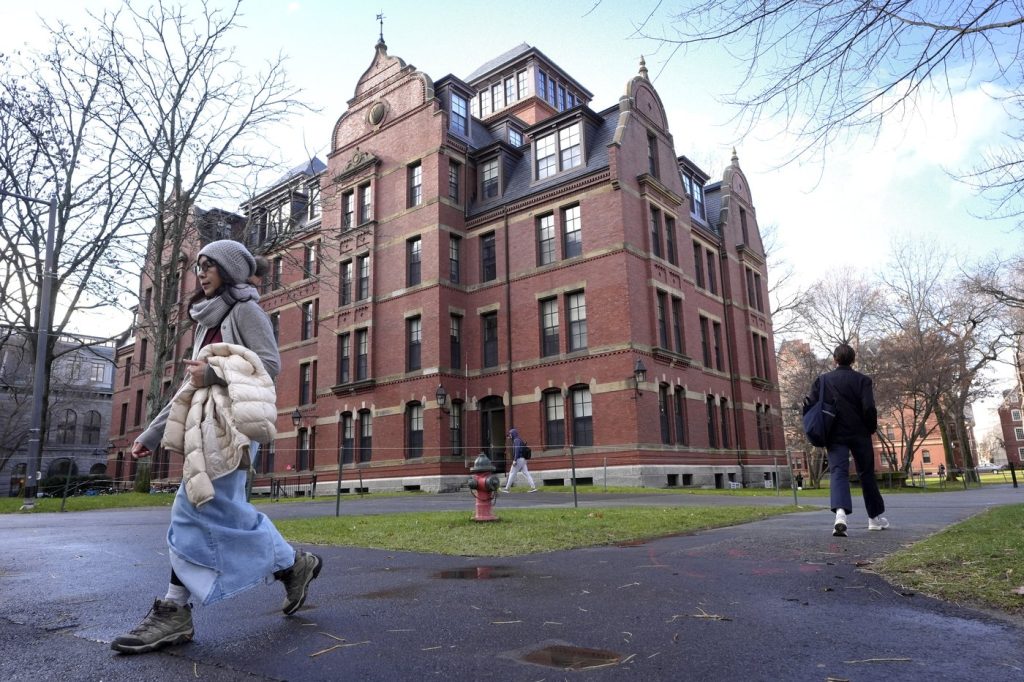During April 1945, as Nazi Germany faced imminent defeat in World War II, the Swedish Red Cross initiated an unprecedented rescue operation that would come to be known as the largest of its kind during the conflict. This ambitious mission was the result of a clandestine arrangement made between a Swedish aristocrat and Heinrich Himmler, the powerful chief of the SS, who was one of Adolf Hitler's most trusted aides. The operation ultimately succeeded in liberating 15,000 prisoners from various Nazi concentration camps, highlighting a remarkable humanitarian effort amid the chaos of war.
One of the critical sites targeted during this operation was Ravensbrück, the notorious concentration camp primarily housing female prisoners. Established in 1939, Ravensbrück became infamous for the inhumane conditions and brutal treatment that the women endured. As the war drew to a close, many of these women found themselves facing the grim prospect of death marches or execution, as the Nazi regime scrambled to eliminate evidence of their atrocities and ensure that prisoners could not be liberated by advancing Allied forces.
To facilitate the rescue, the Swedish Red Cross employed a fleet of buses that are now remembered as the “White Buses.” These buses were emblematic of the mission's purpose and the hope they represented for the prisoners. The operation was shrouded in secrecy; the collaboration between the Swedish aristocrat and Himmler underscored the delicate balance between negotiating for lives and maneuvering through the treacherous political landscape of the Third Reich. The White Buses, painted in a distinctive white color, became a symbol of salvation and humanity in the face of the horrific realities of the Holocaust.
As the operation unfolded, the Swedish Red Cross staff worked tirelessly to identify and negotiate for the release of prisoners, navigating the complex and often perilous environment of World War II Europe. The successful rescue of 15,000 individuals marked not only a significant achievement for the Swedish Red Cross but also demonstrated the potential for compassionate action even in the darkest times.
The women evacuated from Ravensbrück and other camps via the White Buses were taken to safety within Sweden. This act of rescue provided a much-needed respite from the horrors they had experienced and allowed them to begin the long road to recovery and healing. Many of the survivors would go on to share their stories, highlighting the brutal realities of life in concentration camps and contributing to the collective memory of the Holocaust.
In recalling these events, it is crucial to recognize the moral questions that surrounded the Swedish Red Cross’s efforts. The negotiations conducted with high-ranking Nazi officials like Himmler have been a topic of debate and scrutiny, raising issues about the ethics of engaging with perpetrators of such egregious human rights violations. Nonetheless, the operation remains a testament to the power of humanitarian efforts and the resilience of those who survived.
In summary, the Swedish Red Cross's rescue operation in April 1945 not only saved thousands of lives but also served as a poignant reminder of the importance of compassion and action in the face of human suffering. The legacy of the White Buses continues to inspire contemporary discussions about humanitarianism, ethics, and the responsibility to protect those who are vulnerable in times of crisis.












